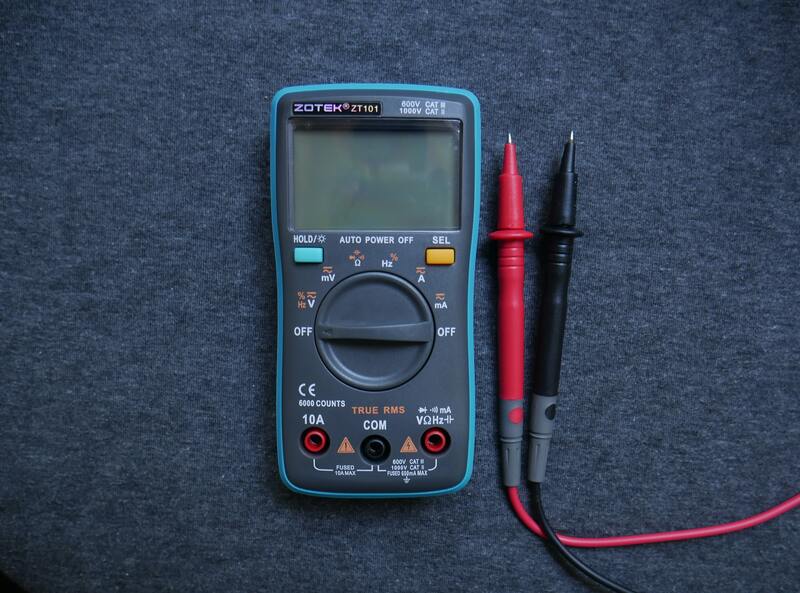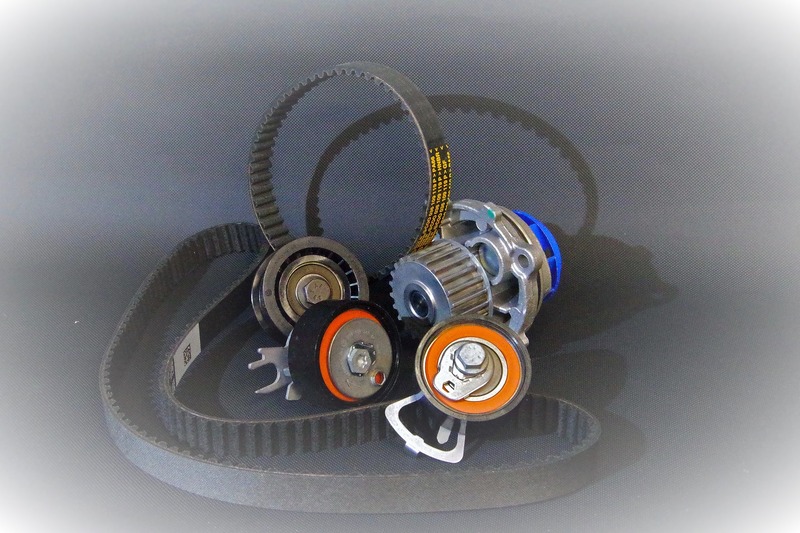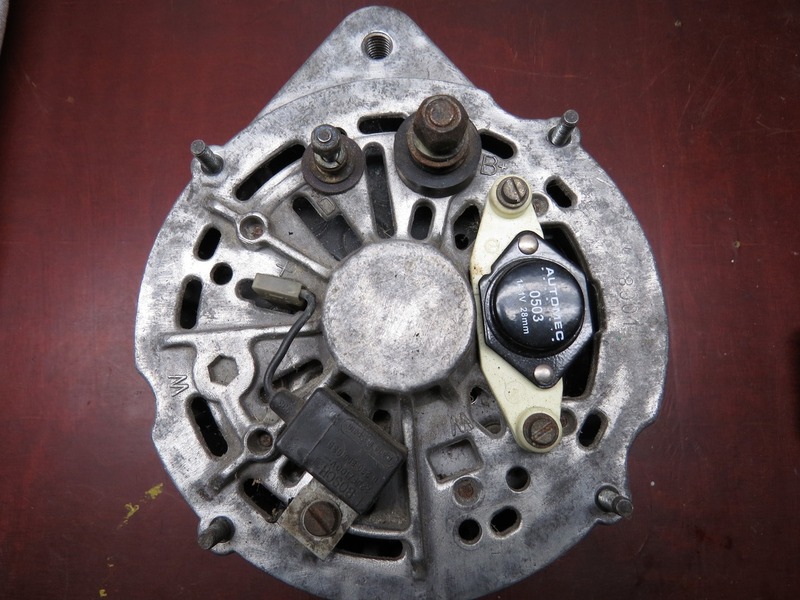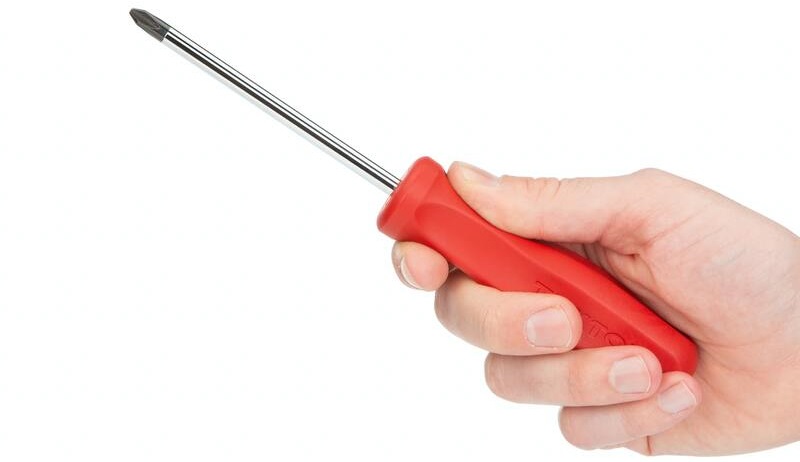Have you ever been driving down the road and all of a sudden your car just dies? Have you then coasted to the side of the road and tried to start it again, but found difficulty turning it over no matter how many times you hit the gas? Chances are, your alternator is on its way out. In this post, we’ll talk about what an alternator is and how to test an alternator to see if it’s bad. Read on.
Before starting a detailed discussion on how to test an alternator, first, have a look at the things that you should avoid while testing an alternator.
Avoid The Things While Testing Alternator
While you are testing your alternator, there are a few things you should avoid doing.
- First, don’t rev the engine while the test light is attached, as this could damage the light.
- Second, don’t disconnect the battery while the test light is still attached, as this could cause sparks and damage to the alternator.
- Finally, don’t leave the test light attached for more than a few minutes, as it could overheat and damage the alternator.
By following these simple guidelines, you can ensure that your alternator test goes smoothly and safely.
What are the Necessary Tools for Testing an Alternator?
If your car’s engine is having trouble starting, or if the battery is dying, it might be time to check the alternator. To test an alternator properly and safely, here are the important tools that you will need:
1. Multimeter or Voltmeter
A multimeter or voltmeter is an electronic measuring tool. One of the most important uses of a multimeter is testing the power of an automotive battery and alternator.
2. Rubber Hose
Made of natural or synthetic rubber, rubber hose, also known as engine hose, is used in cars to pass the fluids to utilize in cooling, lubrication, and hydraulics.
3. Screw Driver
A screwdriver can be manual or powered, and as the name suggests, it is used for turning screws. Among many automotive applications of screwdrivers, a significant application is you can test your car alternator with a screwdriver.
4. Wheel Chocks
Made of plastic, rubber, or wood, wheel chocks are placed against the wheels of a car and used for preventing a car from any accidental movement.
5. Safety Glasses
Laminated safety glasses, also known as auto glasses are used in the front windscreen of a car. They have a plastic interlayer. Therefore, when an accident occurs and the glasses break, they hold together instead of getting shattered to protect the passengers from any further injury. These glasses also block UV rays and reduce outside noise.
How to Test Alternator with Multimeter

Do you have a multimeter and want to test your car alternator with a multimeter, then follow this step-by-step process. Here it is:
1. Start Your Car
When you’re testing an alternator with a multimeter, the first and foremost thing to do is start your car. This way, you can get the correct reading of the alternator’s output. Otherwise, you might get a false reading and end up damaging the alternator.
2. Locate the Alternator

Open the car hood and locate the battery inside. The alternator is usually located near the battery, so it should be easy to spot. Once you’ve found the alternator, follow the big black cable, connected to the battery. This cable will lead you right to the alternator. If you’re still having trouble finding it, check the owner’s manual of your car.
In the car’s manual, you can find a diagram that shows you the exact location of the alternator. Once you’ve found it, give it a visual inspection to look for any obvious signs of damage. If everything looks okay, start the engine and see if the alternator is charging the battery correctly. If not, then it’s time to take it in for repair or replacement. Check out the video of replacement incase its required.
3. Check the Engine’s Drive Belt

The drive belt is a big rubber band that runs the length of the engine, and it’s what turns the accessories like the water pump, alternator, and power steering.
To check the drive belt, first, pop the hood and locate it. Then, give it a visual inspection to look for any cracks or fraying. If everything looks good, start the engine and listen for any squealing noises.
If you hear any noise, it’s an indication that the belt needs to be replaced. Finally, gently press on the belt with your hand to make sure that it’s snug against all of the pulleys. If it seems loose, adjust it according to your car’s specifications.
4. Listen to the Engine
If you’re testing an alternator with a multimeter, it’s important to listen to your car’s engine. The alternator keeps the car battery charged. Therefore if the alternator is not working properly, the battery will eventually die. You need to make sure about the symptoms of the battery.
If you’re just testing the alternator, you might not notice this right away, but if you’re driving, the engine will eventually die. If you’re listening to the engine, you’ll be able to tell if the alternator is charging the battery or not. If it’s not, you’ll need to replace it.
5. Test the Alternator With the Engine Off

Before you begin, make sure your car is parked on level ground with the engine off. Locate the battery under the hood and identify the positive and negative terminals.
Next, locate the alternator on the front of the engine. There you can spot a large black wire connected to the positive terminal of the battery. This is the main charging cable for the alternator. Once you have located the main charging cable, trace it to the alternator.
There will be a bolt holding it in place. After disconnecting the main charging cable, you can now test whether or not the alternator is working properly. Start by turning on your voltmeter and setting it to DC volts.
With the voltmeter probes touching the exposed ends of the main charging cable, start the engine. The voltmeter should be reading between 13.5 and 14.5 volts if the alternator is working properly. If it reads below 13 volts, there may be an issue with the alternator that needs to be addressed. If it reads above 15 volts, there is likely a problem with the voltage regulator.
6. Test the Alternator With the Engine On
Check the output of the alternator by starting the engine and then measuring the voltage at the battery terminals with a voltmeter. If the reading is below 13 volts, it’s likely that the alternator isn’t working properly. There are a few other things you can check to be sure, but if the voltage is low, it’s a good idea to take your car to a mechanic for a more thorough diagnosis.
By following these simple steps, you can keep your alternator in good shape and avoid costly repairs down the road.
Method to Test Alternator with Screwdriver

To test your alternator with a screwdriver, first, make sure the engine is off and the battery is disconnected. Then, touch the red probe of your voltmeter to the positive terminal on the battery and the black probe to the negative terminal. Then, start the car engine and rev it up to around 2,000 RPM.
If the voltmeter reads between 13.5 and 14.5 volts, then your alternator is working correctly. However, if it reads below 13.5 volts, then your alternator may be faulty and needs to be replaced.
How to Test Alternator without Multimeter
If your car’s battery drains quickly, it might be the alternator. You can check if the alternator is working without a multimeter. Start the car and turn on all the lights. If they dim, it could be a sign that the alternator is going bad.
Another way to test it is by starting the car and revving up the engine. If the headlights get brighter, it means that the alternator is charging properly. However, if they dim or go out, there may be an issue with the alternator.
How To Know If Your Alternator is Malfunctioning
One way to tell if your alternator is malfunctioning is if your battery light comes on while you’re driving. This could mean that the alternator isn’t charging the battery properly. Another sign is dimming headlights or interior lights. If your car starts making unusual noises, that could also be a sign that the alternator is going bad. If you notice any of these issues, it’s best to take your car to a mechanic to get it checked out.
How to Maintain Your Alternator
The alternator is one of the most important parts of your vehicle, and it’s important to keep the alternator in good working order. Here are a few tips on how to maintain your alternator:
- Check the drive belts regularly and replace them if they show signs of wear.
- Keep the alternator clean and free of debris.
- Inspect the wiring and connections regularly, and repair or replace any damaged parts.
- If you notice any problems with your alternator, have it checked by a qualified mechanic as soon as possible.
FAQs related to Car Alternator
Q: WHAT DOES A BAD ALTERNATOR SOUND LIKE?
A whining or growling sound is a sign of a bad alternator.
Q: CAN YOU TEST AN ALTERNATOR WITHOUT A BATTERY?
Yes, you can test an alternator with a dead battery or without a battery. However, you should never try doing this as it may affect the alternator. Testing an alternator is always recommended with a fully charged battery.
Q: DOES THE ALTERNATOR CONTROL A RADIO?
Yes, an alternator’s power can control the radio in your car when you are driving.
